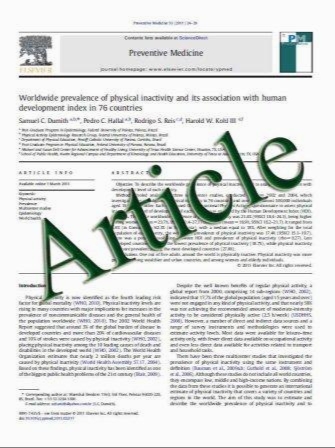No difference in meeting hemoglobin and albumin targets for dialyzed children with urologic disorders
- نوع فایل : کتاب
- زبان : انگلیسی
- مؤلف : Rachel M. Lestz & Meredith Atkinson & Barbara Fivush & Susan L. Furth
- چاپ و سال / کشور: 2011
Description
Urologic disorders are the most common cause of chronic kidney disease in children. To determine whether children with urologic etiology of end-stage renal disease (ESRD) fare better than children with ESRD from other causes while on dialysis, we conducted a cross-sectional study of children <18 years receiving peritoneal and hemodialysis in the United States using data from the Centers for Medicare & Medicaid Services 2005 ESRD CPM Project. We compared baseline demographics and the study groups. In multivariate logistic regression analysis of 1,286 subjects, we assessed whether children with urologic disorders had a higher odds of meeting adult KDOQI targets for hemoglobin levels .11 g/dl and albumin .3.5 BCG/3.2 BCP g/dl. We conducted a subset analysis of 1,136 patients to examine the impact of erythropoietin on hemoglobin targets. Our results did not reveal differences in achievement of adult hemoglobin targets (adjusted OR: 1.27; p value 0.09; CI: 0.97.1.66) or in the subset analysis with erythropoietin (adjusted OR: 1.32; p value 0.06; CI: 0.98.1.78) or albumin targets (adjusted OR: 1.22; p value 0.21; CI: 0.90.1.65) in adjusted analyses. Due to our studyپfs limitations, it is difficult to determine whether this may result from treatment prior to dialysis initiation or treatment effect of dialysis rather than underlying diagnosis.
Pediatr Nephrol (2011) 26:1129–1136 DOI 10.1007/s00467-011-1850-9 Received: 22 February 2010 / Revised: 1 March 2011 / Accepted: 1 March 2011 / Published online: 20 March 2011


